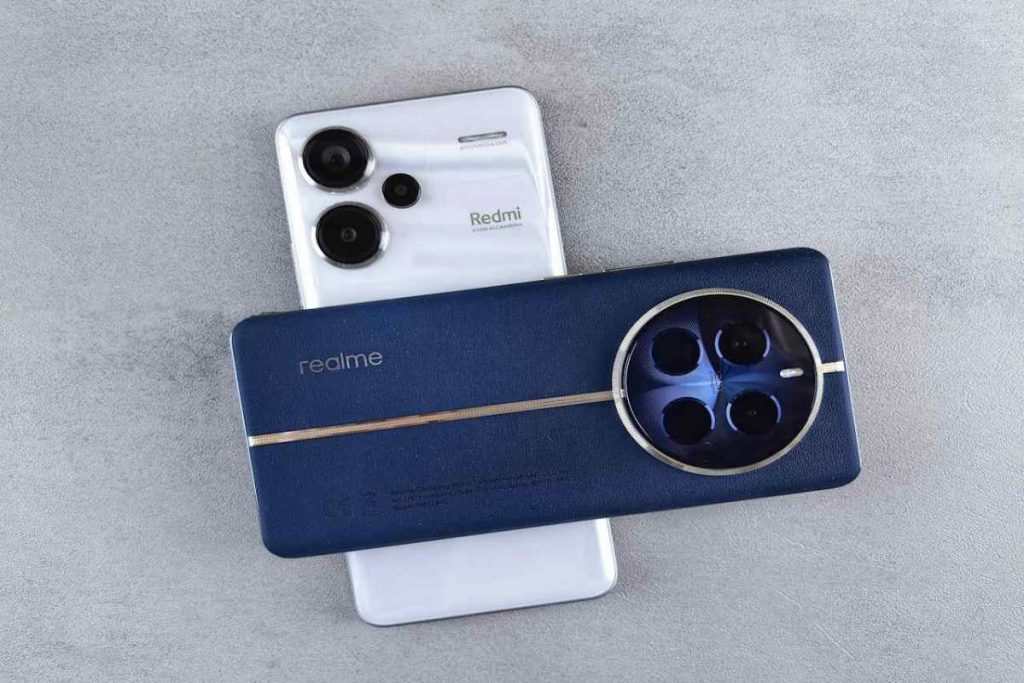Getting a new phone is an exciting process that multiple people anticipate. In most cases, you receive an upgraded model with a sleeker design, better memory, and new opportunities you’ve been hoping to explore. However, one issue inevitably occurs, complicating the process and potentially endangering your safety — and that’s the risk of data loss.
How to transfer all your information safely, without losing invaluable photos, videos, messages, and passwords? And if data loss happens, is there a way of successful identity restoration? Get tips from experts, and your data will be safe regardless of whether you switch from Android to iPhone or merely exchange one model for another.

Assess What Kind of Data You’re Dealing With
Understanding what type of data you have, what you might lose in the process of transfer, and which consequences you will face as a result is the first step to protecting yourself.
Here’s the data most people need to pass from their old phone to a new one:
- Photos and documents that might feature your ID and other sensitive info.
- Passwords and logins that give you access to different apps and platforms.
- Contacts and messages that often have personal facts you don’t want leaked.
- Cloud-stored data that you want to save wholly before switching to a new phone.
Imagine what might happen if some part of this data gets lost, or worse, is leaked. People with malicious intent might get access to it, stealing your entire identity. While there are swift identity restoration services available to victims of data theft, going through the nightmare of proving that you are who you claim to be is still incredibly stressful.
Understanding the risks and knowing what data you need to transfer is the first step to preventing potential data loss. There are other tips you’ll have to consider, too, so be sure to study them all closely.
Performing a Full Backup Before Switching
Once you know what data you need to save, you have to perform a complete backup. For Android, you can use Google One Help: just open your settings and go from Google to the Backup section. Follow instructions, and all the information will be saved automatically, including your call history, contacts, and app data.
For iPhones, go to your iCloud. Choose iCloud Backup, and then click on Back Up Now. Most importantly, both Android and iOS users should do a manual local copy by transferring the files they can to their laptop or a well-encrypted USB stick. Having two versions of backup files is enough to ensure that your data stays safe at all times.
If something is lost anyway, and you worry that this info might have fallen into the wrong hands, don’t panic. A professional identity theft recovery service will always be able to help, so there is a good chance that you’ll be able to restore everything you’ve lost in no time.
Using Official Data Transfer Tools
Never trust unfamiliar tools to do your data transfer because it might lead to the loss or theft of critical information. Consider using these options:
- Google Restore. This official Google tool is perfect for Android users who want to restore all their data safely.
- Samsung Smart Switch. This tool copies your media and app data, and you can transfer it to another device or platform via Wi-Fi.
- iPhone Quick Start. iOS users can rely on Quick Start to transfer their data wirelessly, preserving everything from their old device.
If you’re switching from Android to iPhone, or vice versa, it’s better to use official apps from Google or Apple. The common options include Move to iOS and Android Switch apps.
Securing Old and New Devices During Transfer
To protect the confidentiality and wholesomeness of your data, make sure your transfer process is secure. Use only an encrypted Wi-Fi that no random parties can access. Some people are careless enough to switch to a new phone in public places, relying on a public Wi-Fi — that’s a sure way to get their data stolen.
Another good strategy involves keeping both devices protected. Make certain they are updated properly — use the latest security patches only. Consider encrypting your data via your phone’s settings, and never leave your SIM behind. You never know who might be lurking around, waiting for an opportunity to steal your identity.
If you think any part of your data might be compromised, get in touch with one of the identity restoration services as soon as possible. Early reaction increases the chances of success.
Take Care of Your Data Transfer in Advance
Switching to a new phone is not a problem, not even when you have to transfer tons of your sensitive data. However, you need to be careful during the transfer process — otherwise, data loss and theft are inevitable.
Naturally, problems like these have solutions today, but identity theft recovery can take time. While professional services can help you quickly, even an hour of waiting might seem like a nightmare, especially when you’re stressed and in need of some specific data right away. That is why it’s better to prevent data loss altogether instead of starting a transfer randomly and hoping for the best.